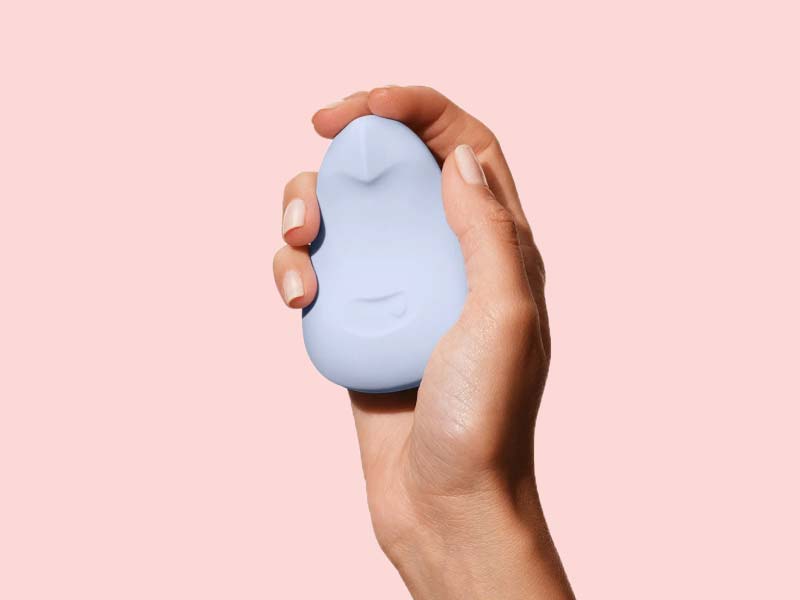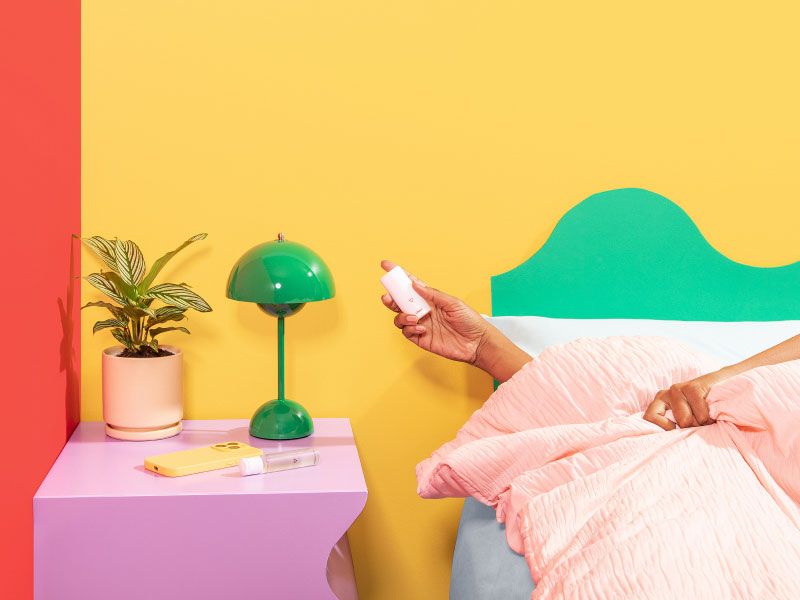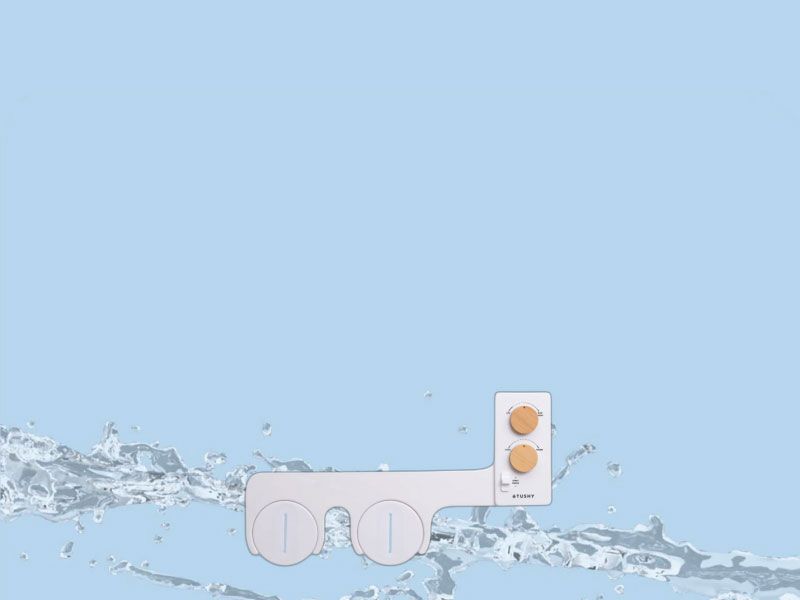
Bidets, butt stuff, and
your vaginal health
By Kathleen Morrison
July 14, 2023
Medically reviewed by Andrea Sleeth, WHNP-BC
Close your eyes and think about where you were in March 2020—lockdown was in full swing, headlines were grim, and it was near impossible to find a roll of toilet paper. This set of circumstances led many Americans to make the switch to a product that has been popular in Europe for a long time—the bidet.
Plenty of companies, like Tushy, now offer home bidets that are easy to install in your toilet, so you can clean more effectively and use less toilet paper! But first, we’ve got some basics to cover. Read on to find answers to all your bidet questions—from what a bidet actually is, to using a bidet, to their impact on vaginal infections (and butt stuff, too!).
What is a bidet?
A bidet is any bowl or receptacle that allows you to wash your anal and genital areas, typically after defecation. While North America tends to rely on toilet paper to do the job, many other cultures consider bidets to be a hygienic necessity. If you ever find yourself in a bathroom in Europe and wonder, “Huh, what’s that cute little extra sink doing down there?” be warned–it’s not for washing your hands! A European bidet is typically a short sink with an adjustable nozzle, located next to the toilet that you swap over to wash up after finishing your business. A touch more complex than European bidets, Japanese bidets have gained global fame for their sophisticated jet settings, temperatures, music, and more.
While they’re still not super common stateside, there are a few clear benefits of using a bidet. To start, a few jets of water cleanses more effectively than toilet paper, and it’s better for the environment. According to the home bidet brand Tushy, their bidets used 1.3 gallons of water a week versus the 55.5 gallons of water that go into making the 1.5 rolls of TP Americans use per week!
Do bidets prevent UTIs?
Other than a bidet meaning well for personal hygiene and the environment, consistent bidet usage can also have an impact on UTIs in women—for better or for worse, depending on the direction of water flow. Research on this topic isn’t definitive, but using bidets consistently and correctly cleanses fecal matter from the anus and genitals more thoroughly. This may help prevent UTI-causing bacteria, like E. coli, from making its way into the urethra and causing an infection. But, it’s essential that the water sprays from front to back, to make sure bacteria is pushed away from the urethra, rather than towards it! If the water flows in the opposite direction, you risk pushing bacteria closer to your urethra–and we don’t want that!
All that said, we have all the reason in the world to try using bidets correctly for UTI prevention, as UTI treatment costs an estimated $3.5 billion annually in the U.S. and infection recurrence is common. So if you’re struggling with recurring UTIs, give a bidet a shot and take extra care of your urinary tract with some of our favorite daily UTI-prevention products!
Bidets don’t have to be limited to cleaning up poop, either! Giving your private areas a quick rinse before sex can also help reduce overall bacteria from being pushed into places it shouldn’t be, and causing uncomfortable symptoms down the road.
Bidet vs. Wipes
You may have already begun to use wipes to clean up instead of plain, old toilet paper. While there’s no doubt that moist wipes are great if you’re in a pinch, many of them contain fragrances or chemicals that can be harsh on sensitive, intimate skin. Bidets just use clean water, so you don’t have to worry about sensitivity to ingredients or cleansing agents. Plus, a lot of the wipes that are marketed as “flushable” can actually do a decent amount of damage to plumbing and sewers. Municipal agencies all over the country are spending endless time, money, and energy combating the clogs these wipes can cause!
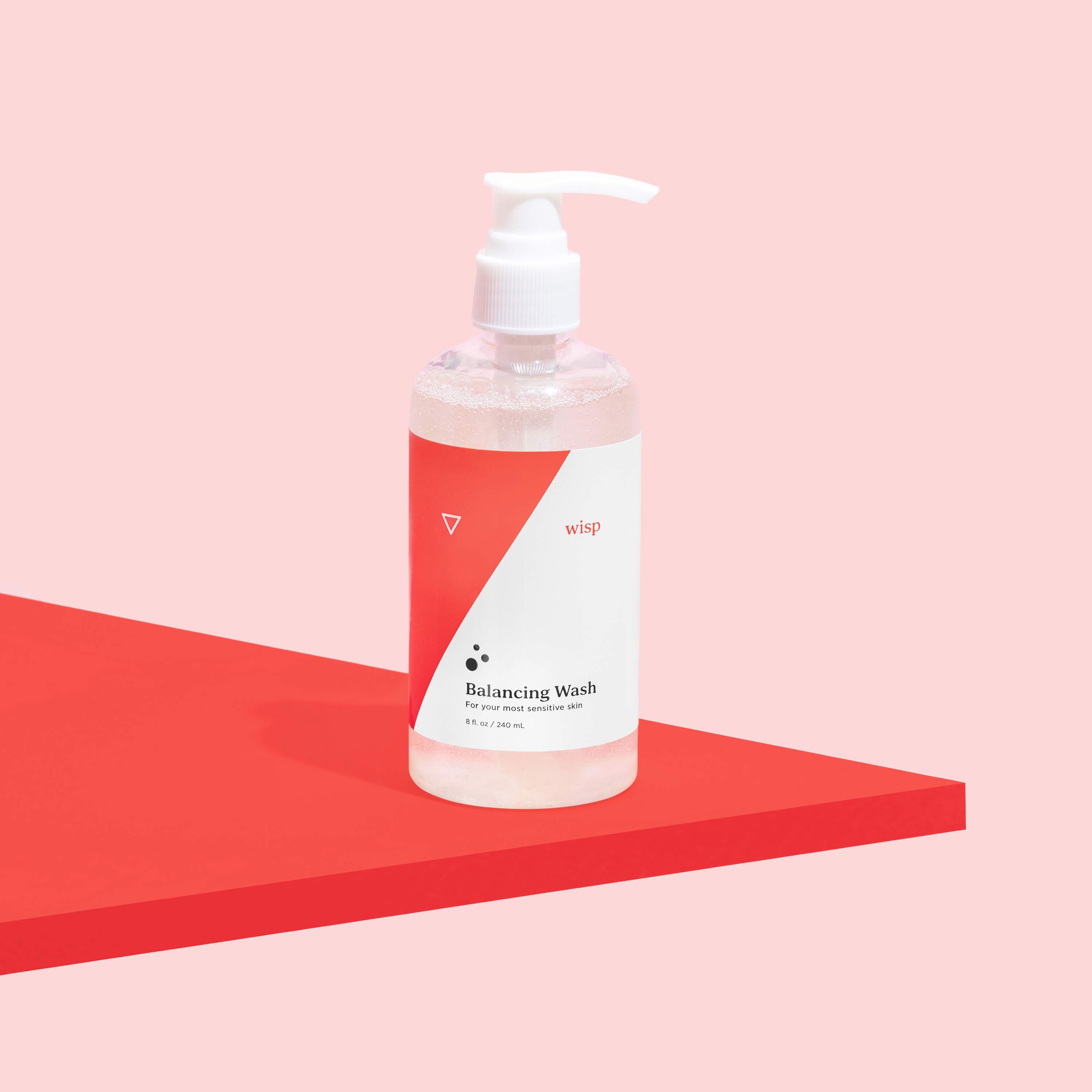
pH Balancing Feminine Wash
Starting at $14
A gentle cleanser for your most sensitive skin. No dyes or artificial fragrance.
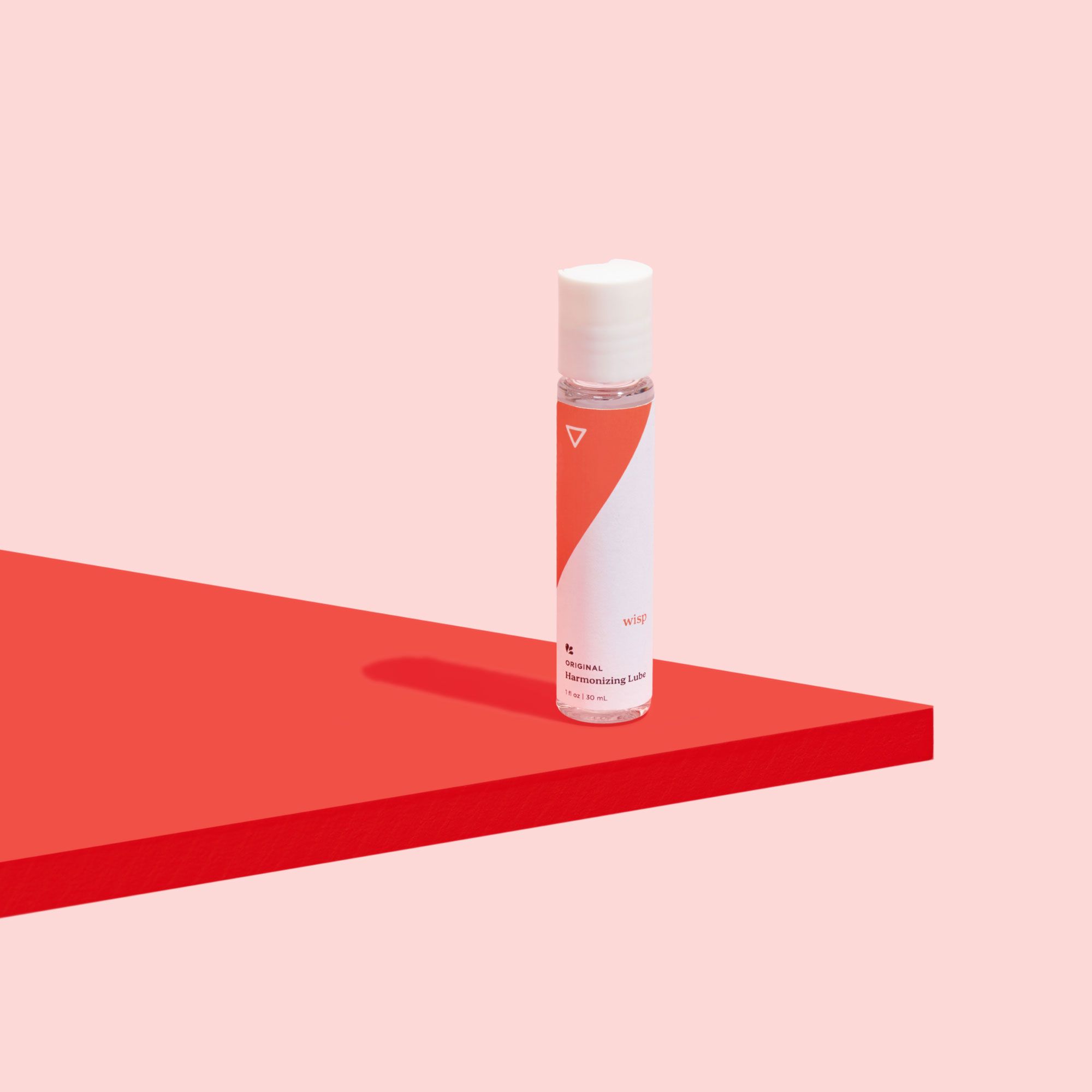
Original Harmonizing Lube
Starting at $10
Silicone-based to reduce friction and make sex easier, more pleasurable, and more fun.
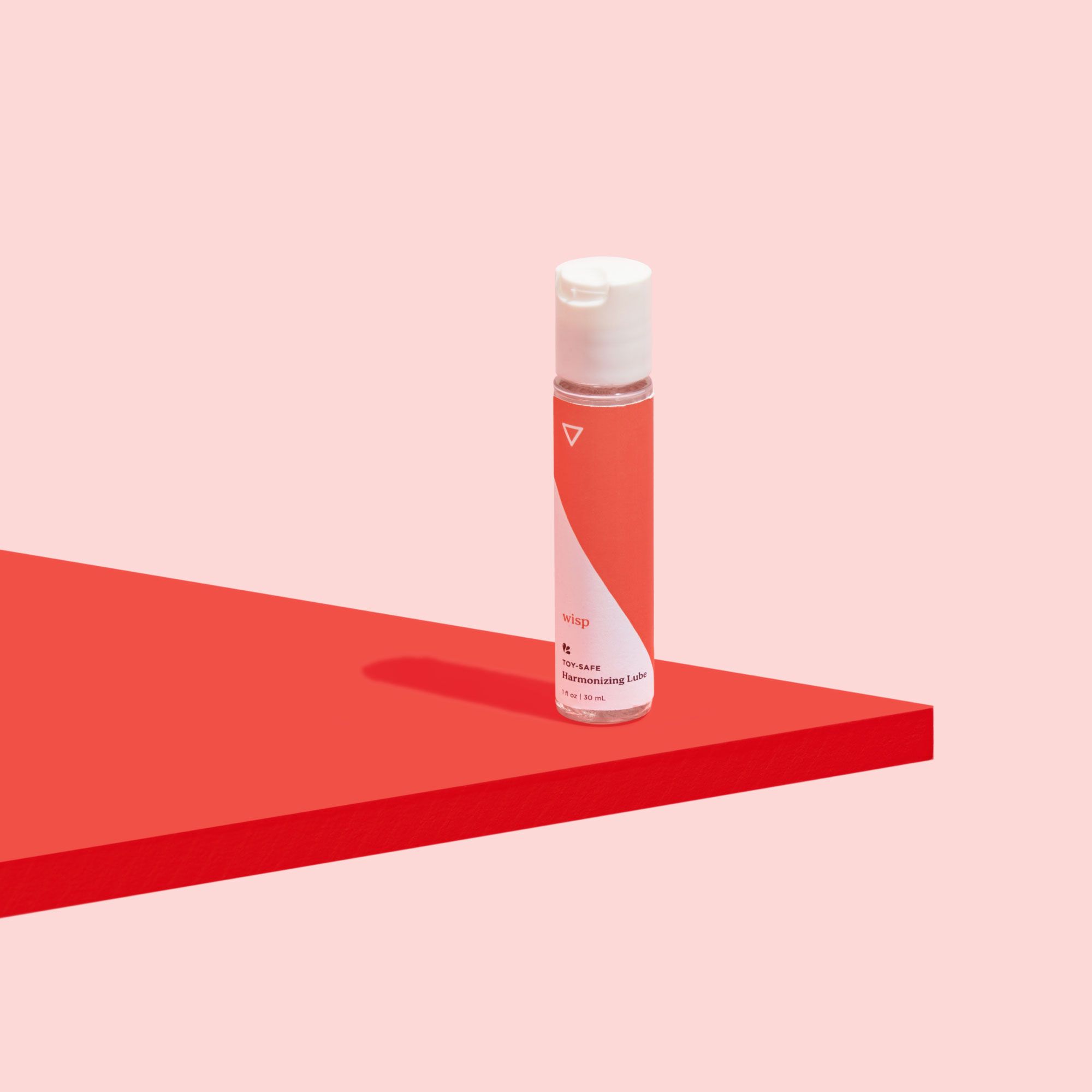
Toy-Safe Harmonizing Lube
Starting at $12
A hybrid formula that works with your favorite silicone toys.
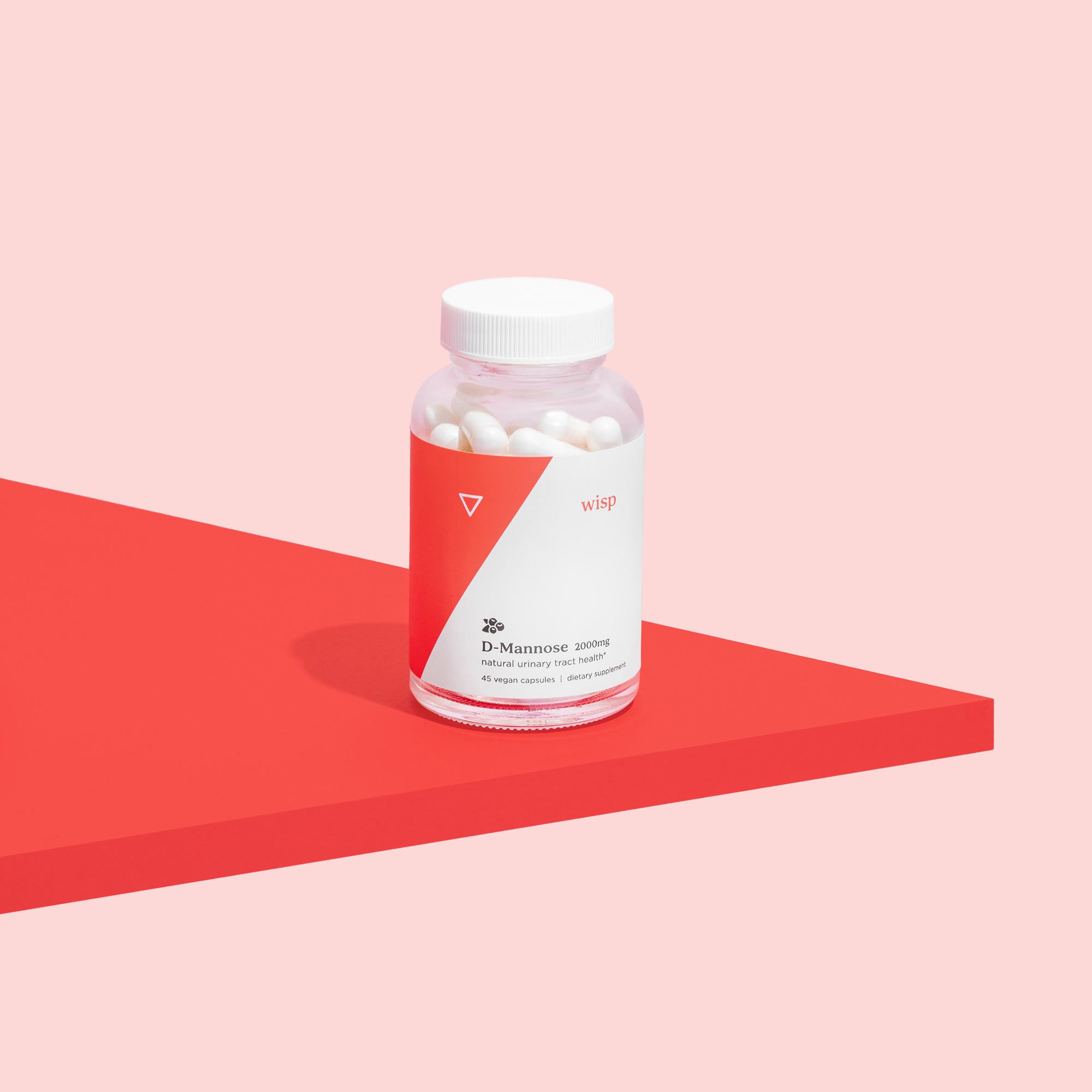
D-Mannose Capsules
Starting at $27
Skip the cranberry juice with D-Mannose capsules to support urinary tract health.
Can I use a bidet before anal sex?
Those who regularly engage in “butt stuff” as part of sexual life often have an accompanying hygiene routine that may include a quick shower or enemas or anal douching to keep things clean (before they get dirty). Washing your vulva and butt before engaging in anal play can help prevent accidents and reduce the amount of bacteria that may spread to the vagina and urethra. While you can use a bidet to cleanse the area around or just inside your rectum, take care not to go full pressure for more than 30 seconds. While bidet water is perfectly safe, flushing your system with too much tap water can mess with your electrolytes. And, as always, never use a douche or any kind of cleanser inside your vagina! Unlike the anus, the vagina is self-cleaning and introducing cleaners can mess with your vaginal microbiome's delicate balance of pH and healthy bacteria.
Since anal sex can be a contributing factor to the development of UTIs for all genders, it’s extra important to take steps before and after to ensure you’re not hit with that tell-tale pain and urgency the next day. Urinate directly following intercourse and make use of a bidet to wash the anal and external genital areas after sex. If you’re especially prone to UTIs, you can even hop in the shower for a quick wash-up with your partner—you may end up in round 2!
Can I use a bidet on my period?
Yep! If you have a heavy flow, you know that sometimes periods can get messy. There’s nothing worse than trying to wipe up dried blood or sticky residue with dry toilet paper. Using a bidet can make clean-up easier when you just don’t have time for a shower. Gently rinse blood from your external sensitive bits and feel a little fresher throughout the day. Plus, being able to wash up with water can help cut down on that period smell that can make you feel a bit icky. Trapped bacteria, chemicals, and fragrances from period pads and tampons, plus the blood itself, can also sometimes contribute to yeast infections or BV developing around the time of your period. While not backed by research (yet), keeping things consistently clean with a bidet may help reduce your risk of infections. It’s important to note that one study has linked consistent warm water bidet usage with a disrupted vaginal microbiome, which also increases your risk of vaginal infections.
So, if you decide that a European bidet or toilet attachment is right for you, it’s essential to use it correctly! Make sure the water flows from front to back, wash externally only, and dry yourself off completely when you’re done. And if your vaginal microbiome needs a probiotic helping hand fighting off infections, we’ve got a thing for that, too. 😘
How to use a bidet
We just pointed out why using bidets correctly is crucial, especially if you have a vagina. But don’t worry, it’s not rocket science! In general, the same rules apply for using a bidet as using TP–just with water, instead of paper.
Using a home bidet 101:
- Test out the temperature, pressure, and positioning with a clean butt as a practice run.
- You can wipe with TP first and rinse off with a bidet, or go TP-free when you’re ready.
- Always wash from front to back!
- If you’re using a bidet to clean up during your period or before/after sex, start with your vulva and then go to your butt.
- Don’t wash the inside of your vagina! Vaginas are self-cleaning and don’t need help from a bidet.
- Spray the water as needed for up to 30 seconds.
- Pat yourself dry with clean TP or a clean hand towel.
Starting to wonder if using a bidet might be a smart and clean move? It certainly can be! Home bidets are becoming more common and accessible with easy-to-install attachments or toilet seat add-ons. Just remember to follow best practices to avoid infection and keep your vagina happy and healthy.
If you’re interested in seeing how a bidet may improve your health, Tushy has affordable and convenient options that can be installed in almost any bathroom. Eco-friendly, cost-efficient, and hygienic—what more can you ask for?
